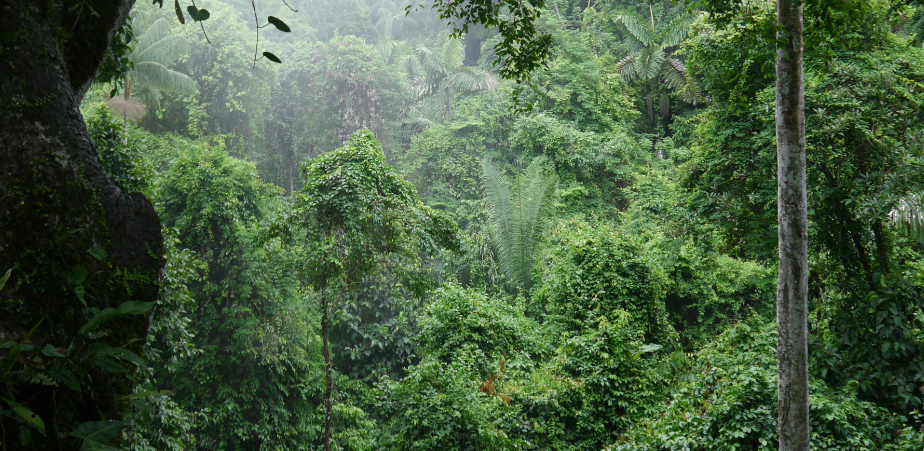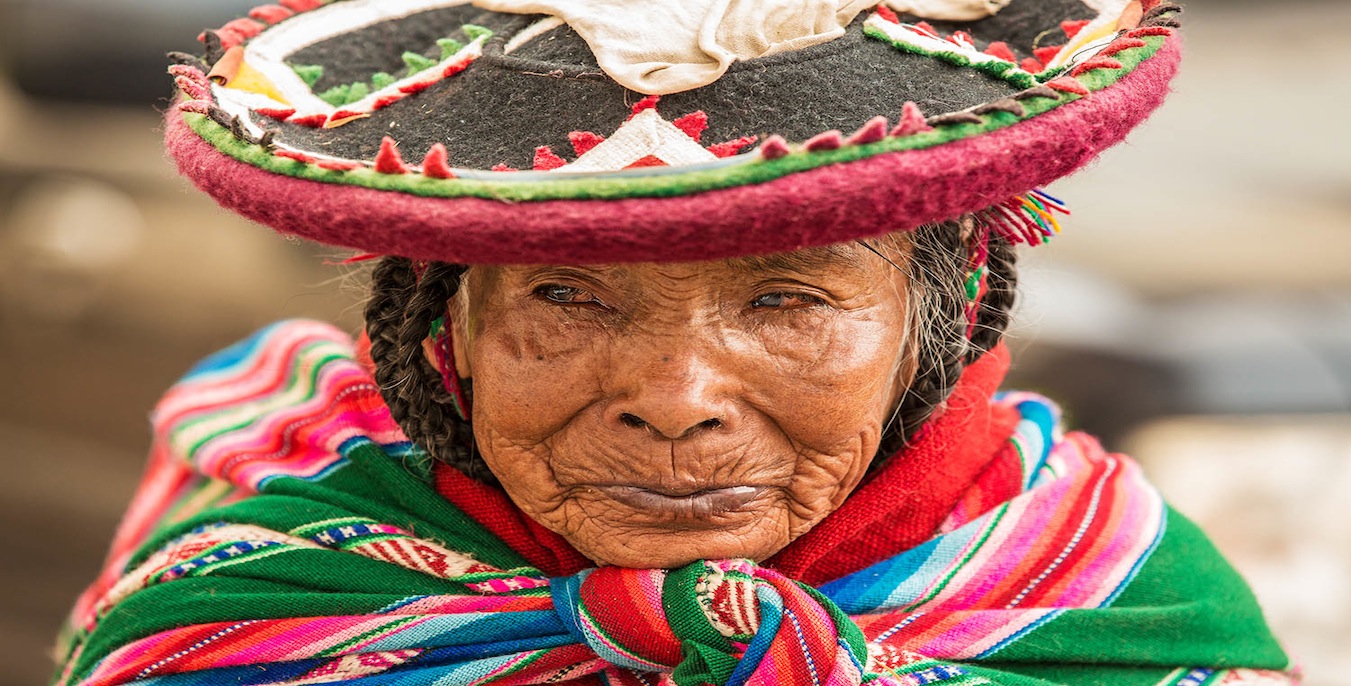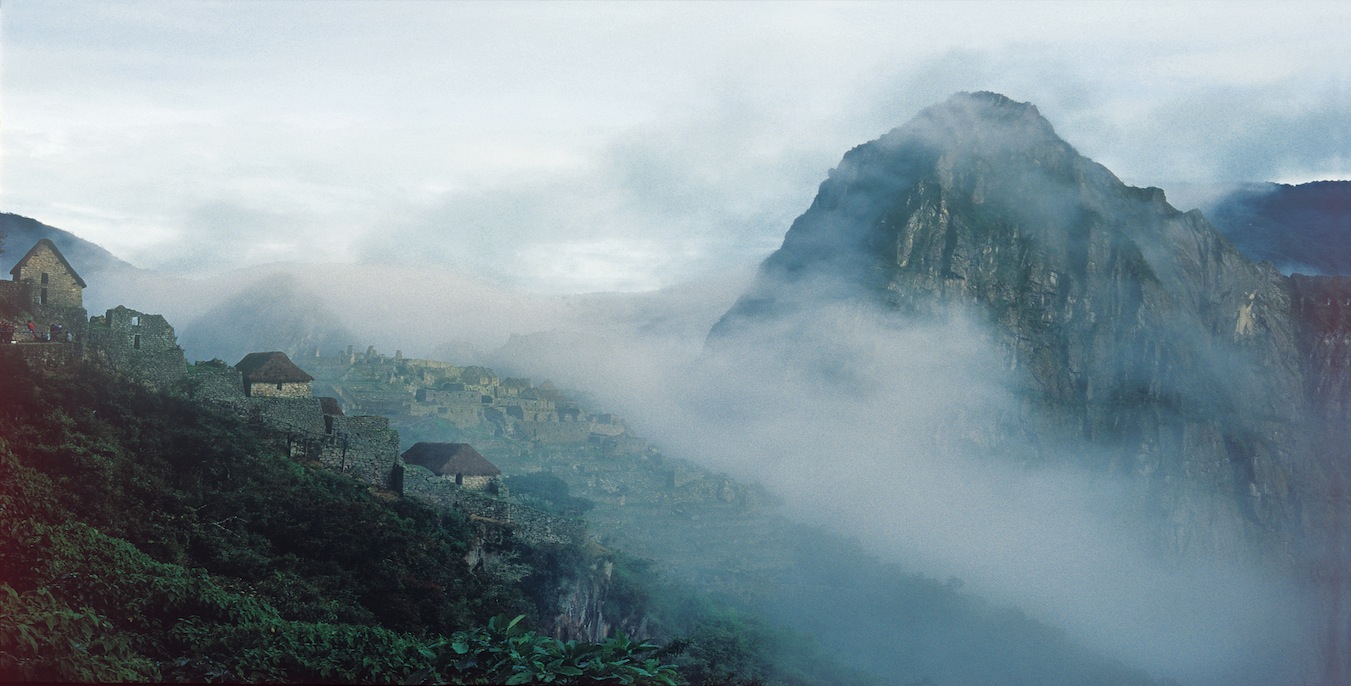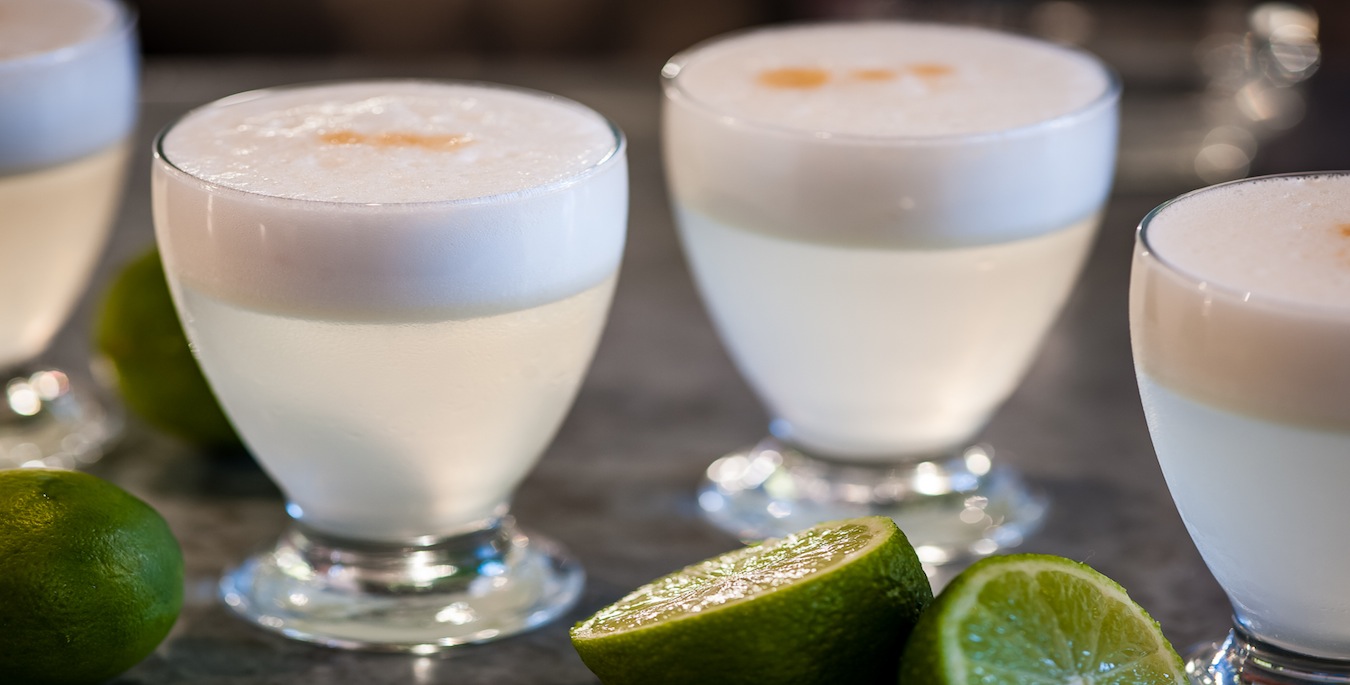[youtube=http://www.youtube.com/watch?v=GnOTbVxOPZw&w=560&h=315]
Launched in 2010 to assist communities in the Amazon to start their own sustainable enterprises, The Crees Manu Project has helped to alleviate poverty, combat malnutrition, fight climate change and protect the rainforest. Standing beneath the canopy of a pristine rainforest is to experience life at its most exuberant. The Amazon Rainforest, otherwise known as the “The Lungs of our Planet” accounts for around 20% of earth’s oxygen, and there is a need to preserve this beautiful natural ecosystem.

Despite a growing awareness of the importance of the Amazon rainforest, it is still under huge threat from logging, mining and burning. Huge areas have been destroyed, poverty is rife in the region and 60% of the children suffer from malnutrition. The Crees Foundation was set up to combat these challenges; their goal is to reduce poverty and protect the biodiversity in the Amazon rainforest.
With the help from the local community leader Reynaldo Ochoa, shown in the above video, and the Environmental Change Institute at Oxford University, Crees has created a model that enables the community to benefit from the rainforest in a sustainable way. Reynaldo Ochoa is an inspiration to the people of Manu and to us all in how to lead a sustainable life. For the past 20 years he has dedicated his life to finding new ways of living in balance with his environment. By encouraging farmers to plant trees and enabling families to grow fresh organic produce he is helping to forge a sustainable future for the region. Help and funding has helped them with their work over the last three years, however, their funding is set to end in March 2013. Despite all the work they have done, there is a lot more to be done.
With ongoing donations to their project, they hope to:
- Build biogardens with local families to combat malnutrition using sustainable practices
- Plant agroforestry plots with local farmers where native Amazon trees are planted alongside banana crops. This is a sustainable wood and crop production alternative, which conserves surrounding forest from logging activity, and protects species biodiversity
- Build knowledge and capacity through one to one training and workshops on small enterprises, sustainability and resource management
Inkaterra is an association that pioneers ecotourism and sustainability throughout Peru, and the Crees project’s values and mission reflect those found at the heart of the Inkaterra brand. Just like Crees, Inkaterra’s mission is to promote excellence in conservation and biodiversity. Their vision for the future is focused around supporting the local environment in which it operates. The guides across each property strive to improve the lives of the local people and the sustainability of Peruvian nature.
Inkaterra began research and conservation programs over 35 years ago at Inkaterra Reserva Amazonica. To bring this into further tuition, Inkaterra created Inkaterra Association – an NGO that is devoted to the biodiversity conversation of the unique ecosystems where Inkaterra works. Through the ITA, 15,000 hectares of rainforest at the low basin of the Madre de Dios River are protected every year. It doesn’t stop there. Their education programs enable the local people, the guides and interpreters and the guests that visit, to learn about the enormous wealth of biodiversity in the cloud forest and the tropical Amazon rainforest, the archaeological sites and the living cultures which assure their “Peruness”.
To read more about the project click here. By donating you will help generate positive guardians of the forest, ensure sustainable development for the people of the Manu Biosphere Reserve, and enable the Crees Project to develop and continue on the path of success that they have already set out to achieve. The Amazon is vital for the existence and future of all human beings on our planet. It’s time for us to do something about it.
21.2.13




